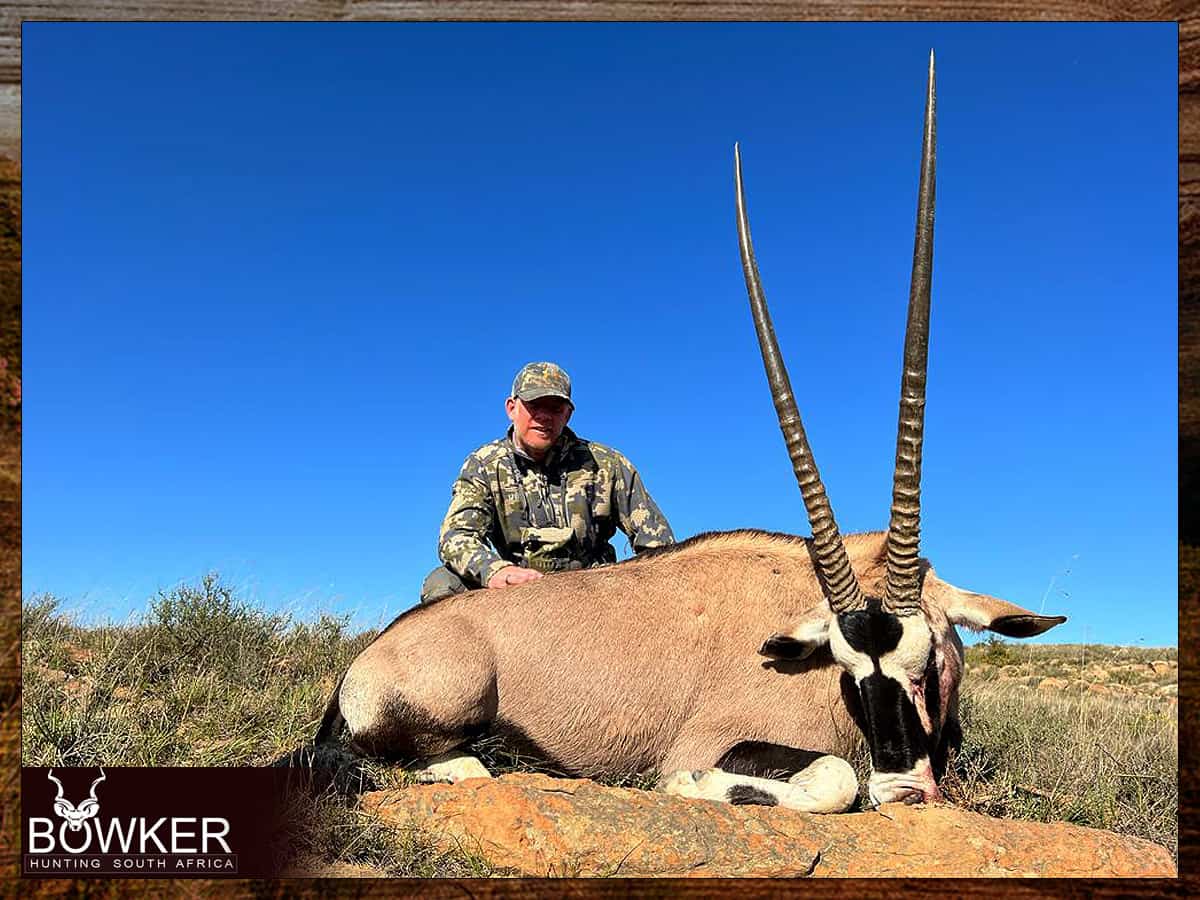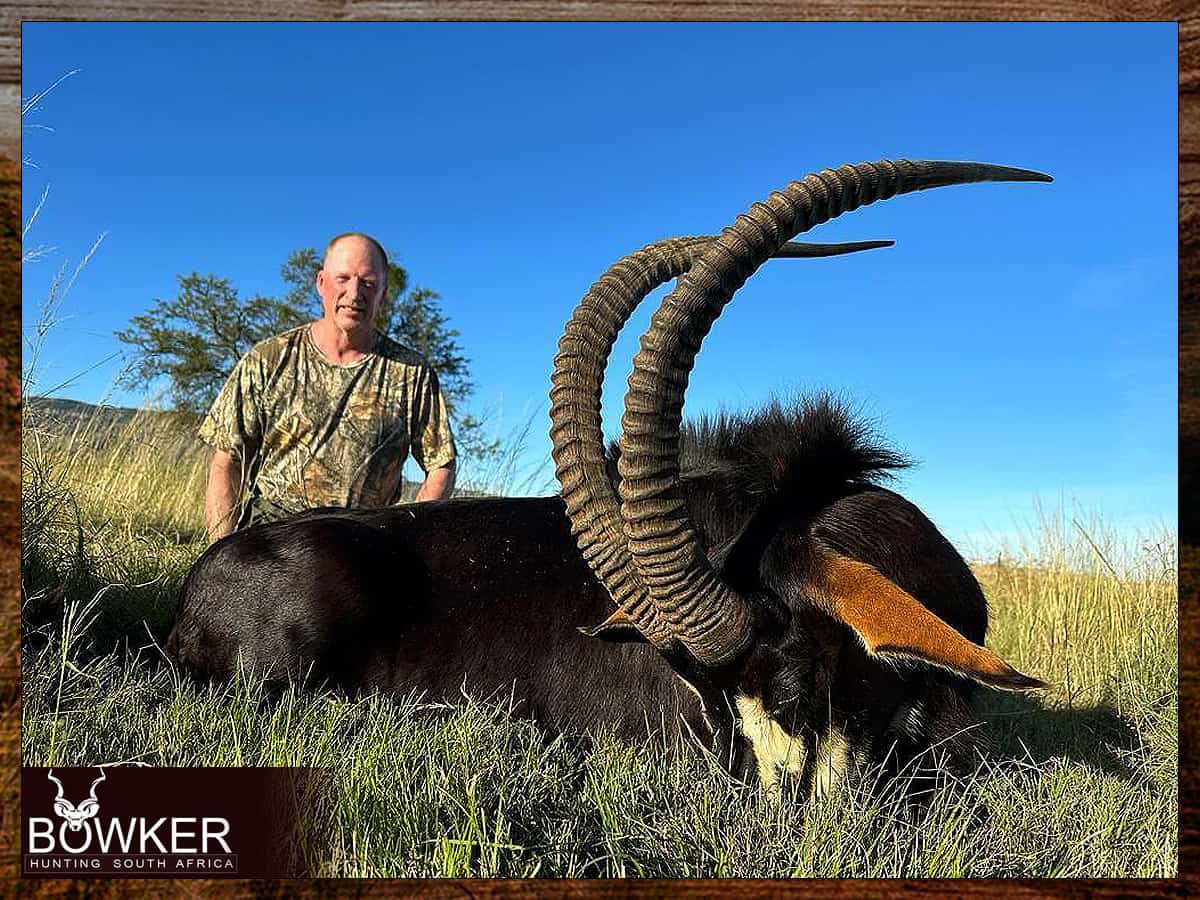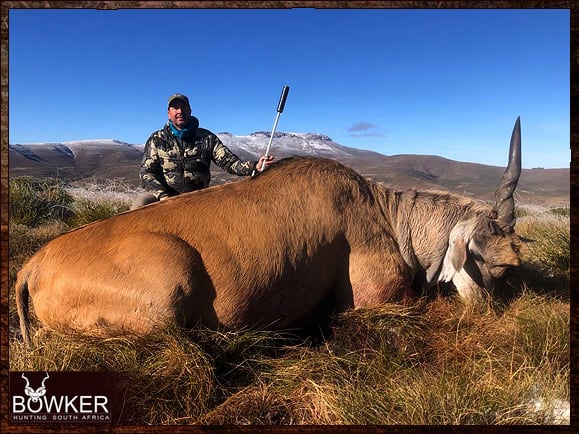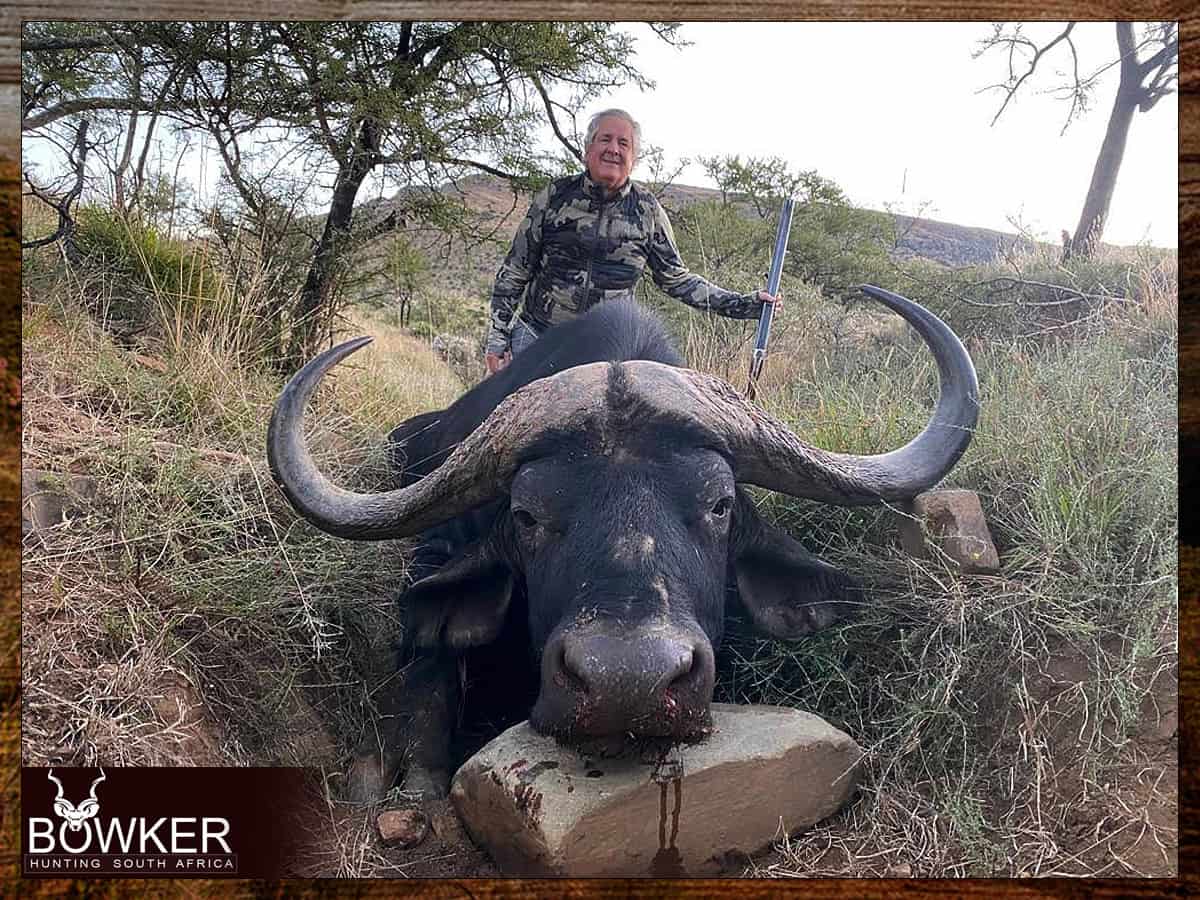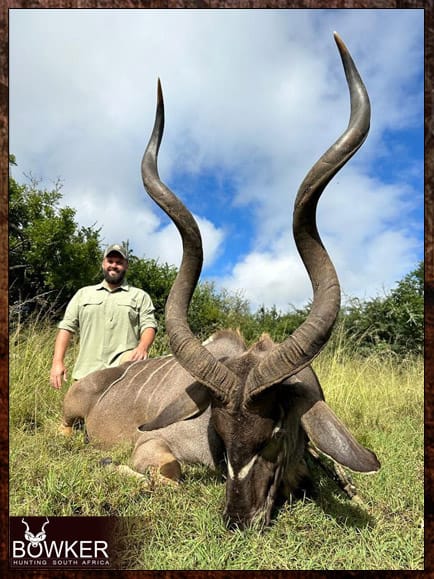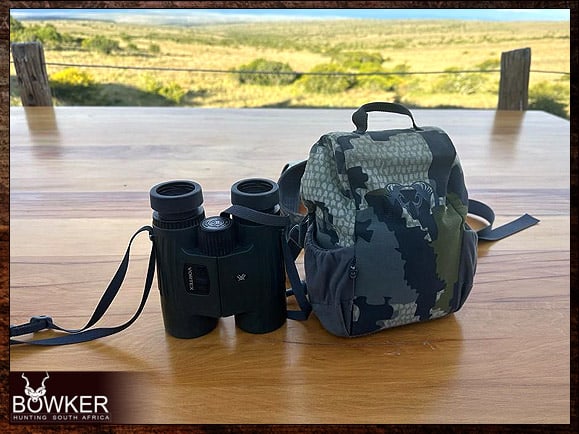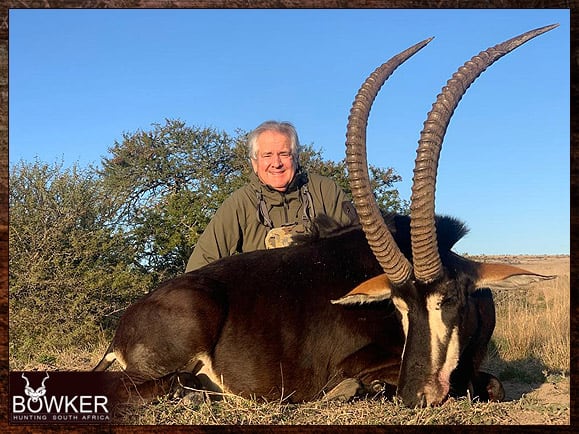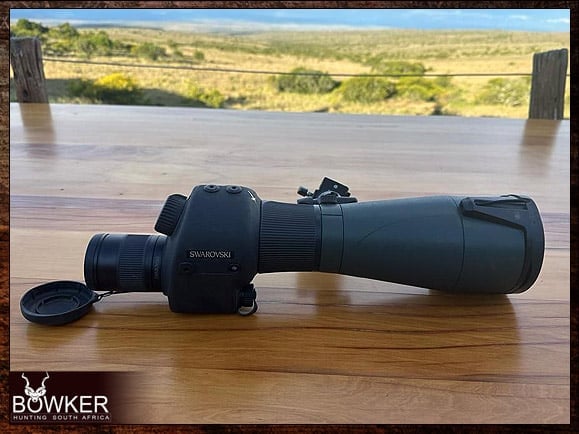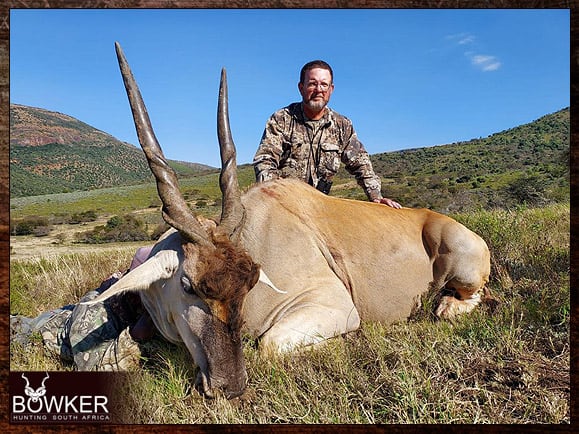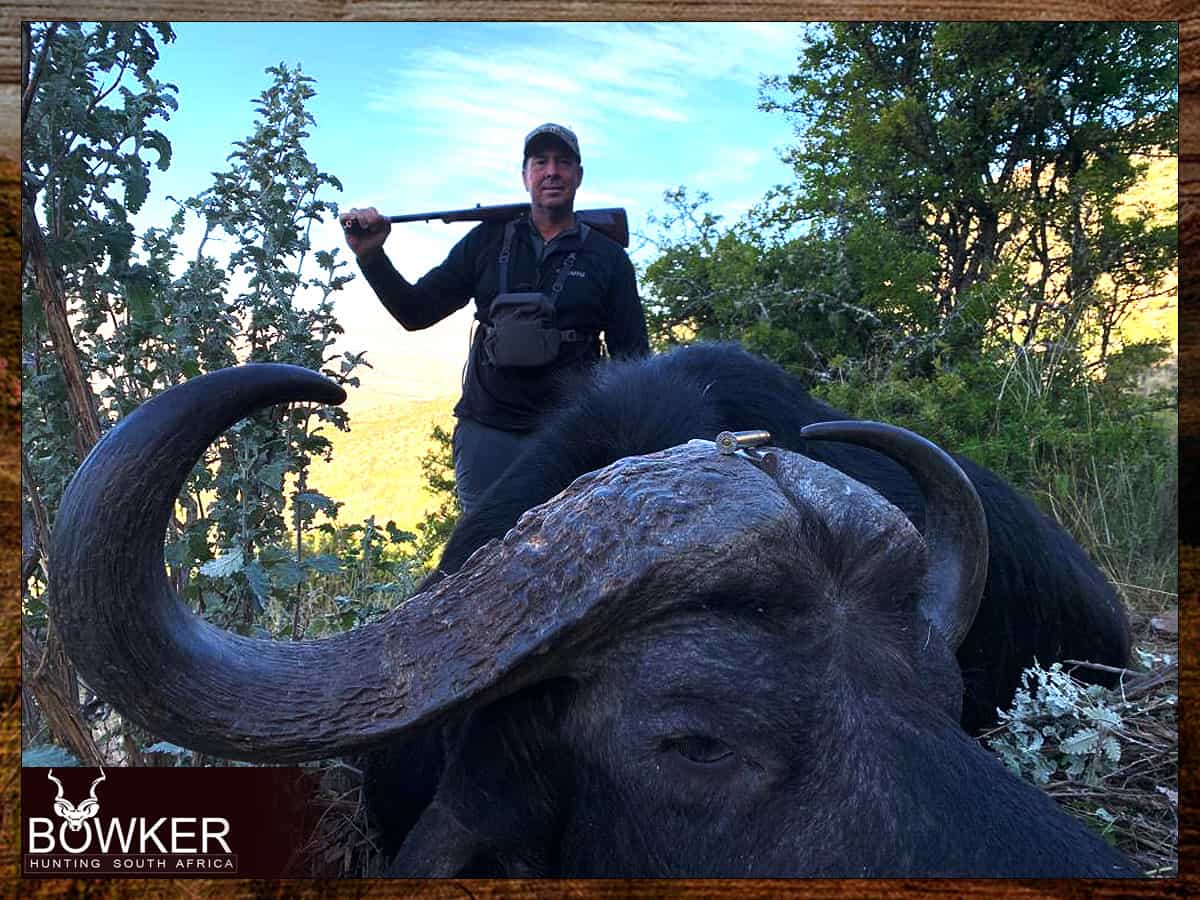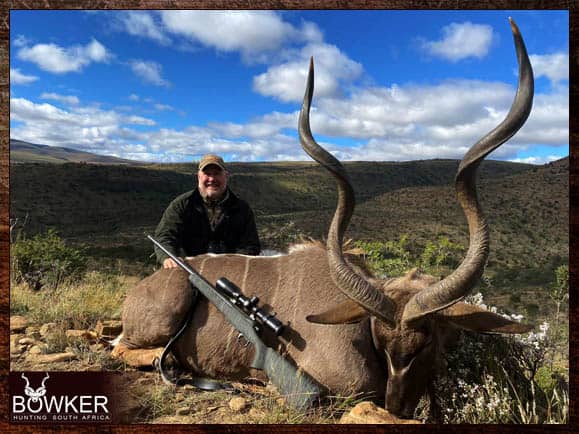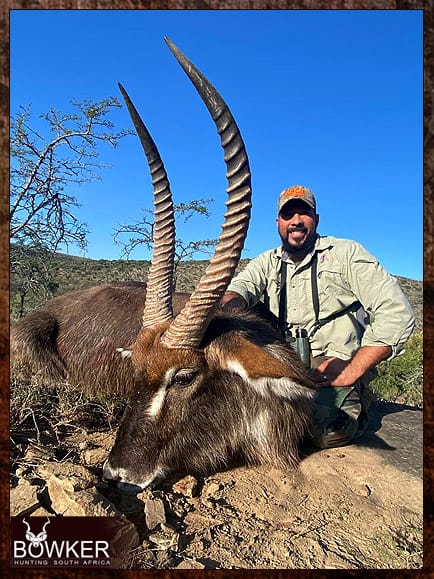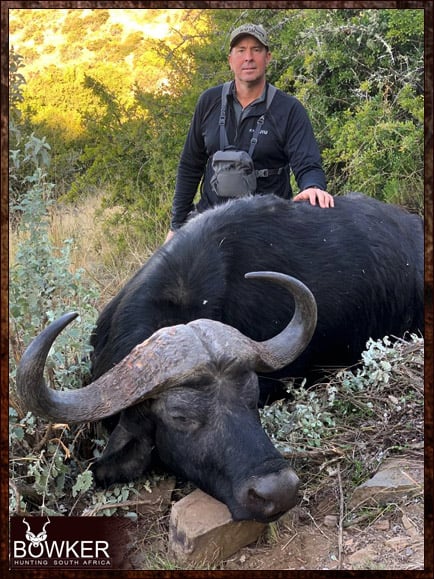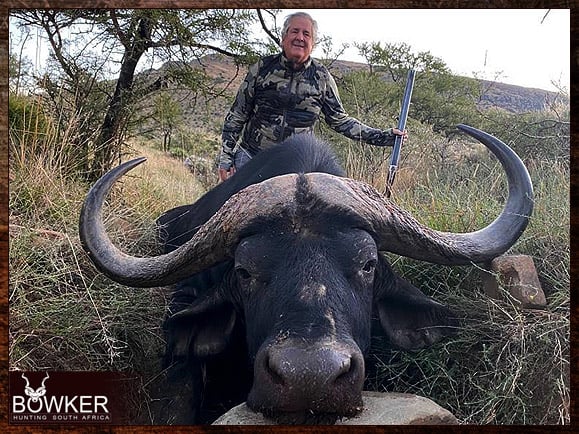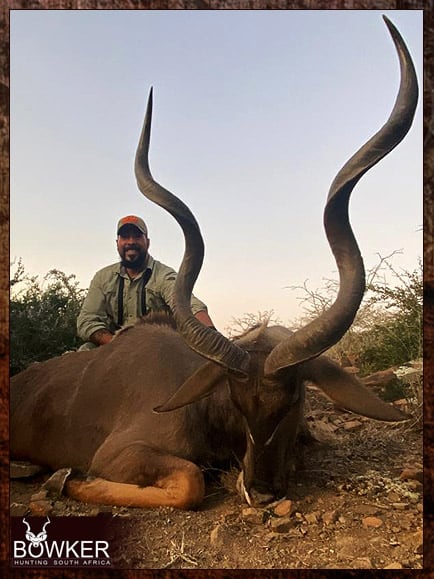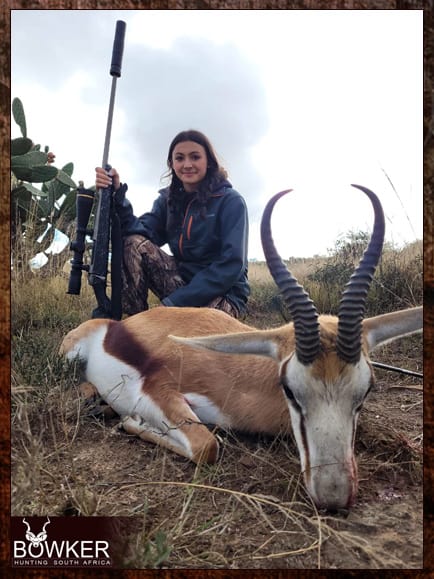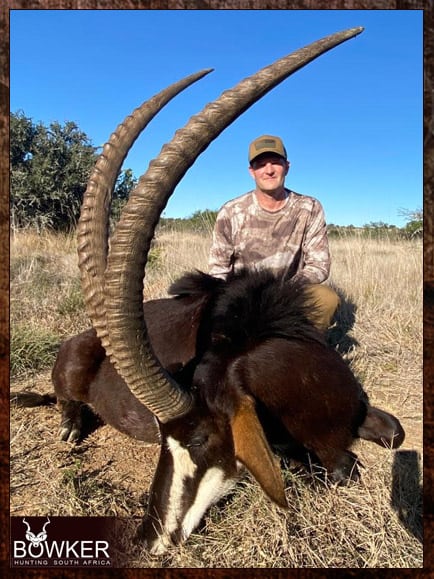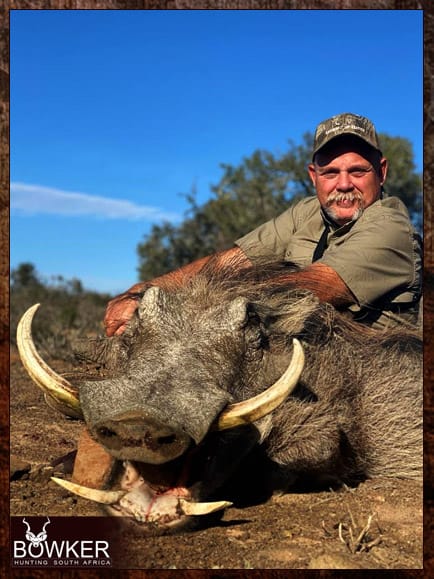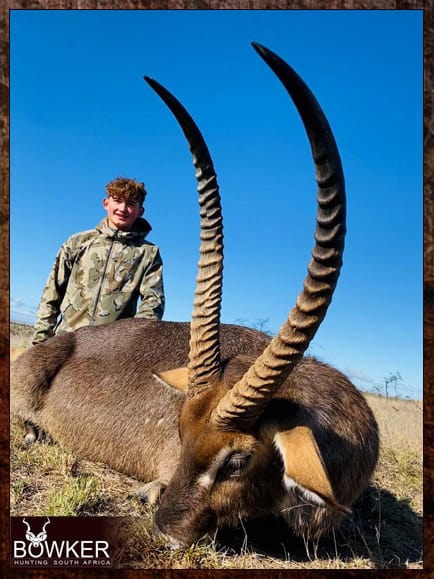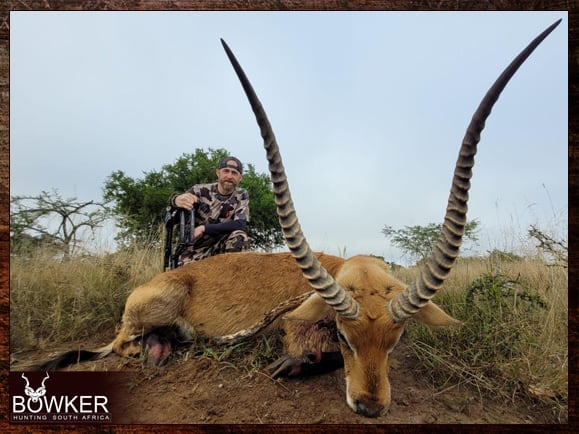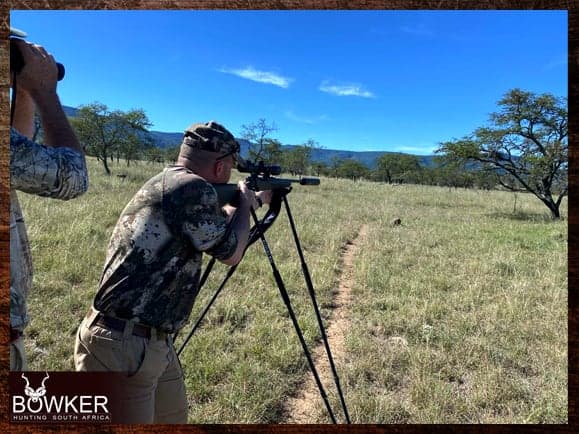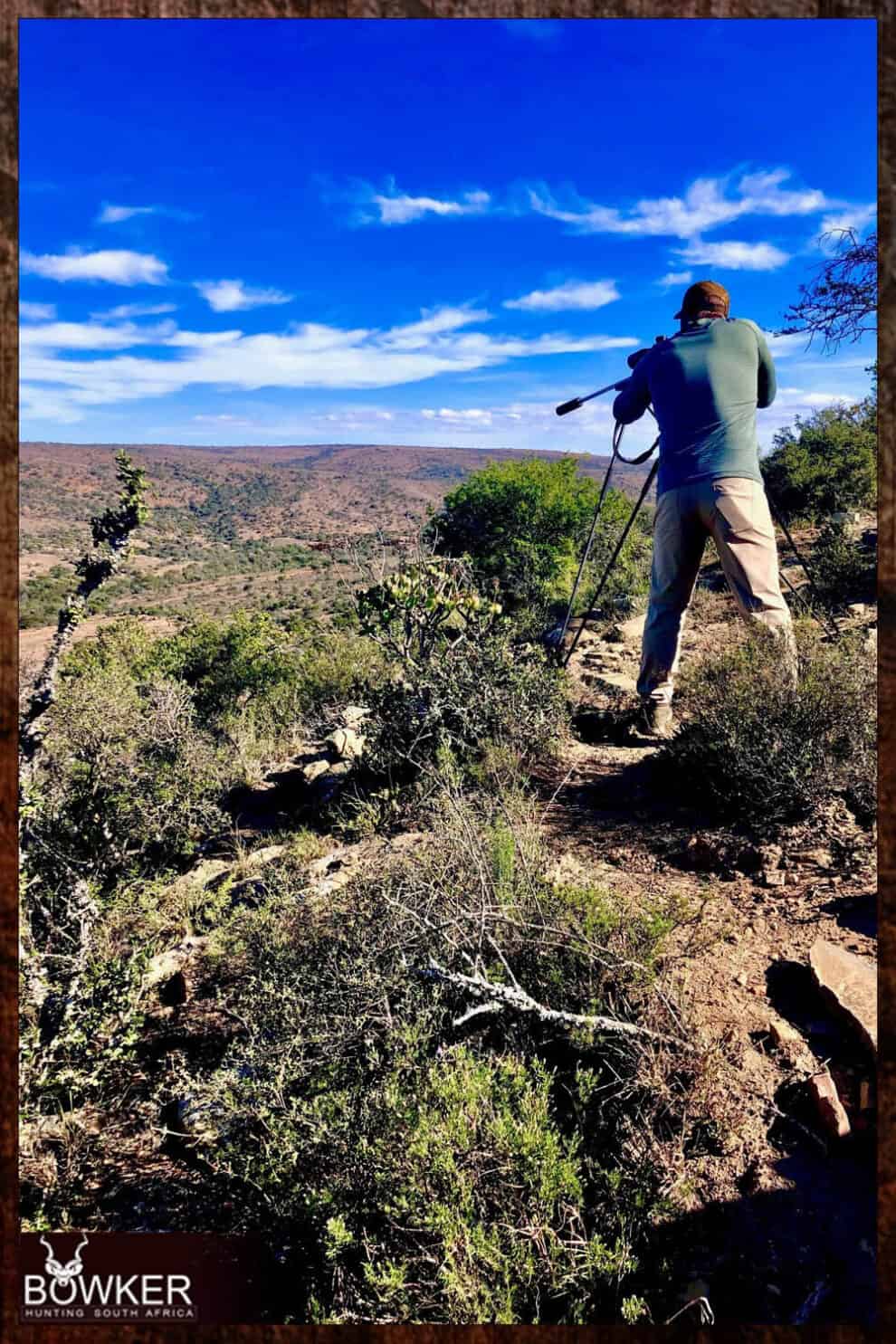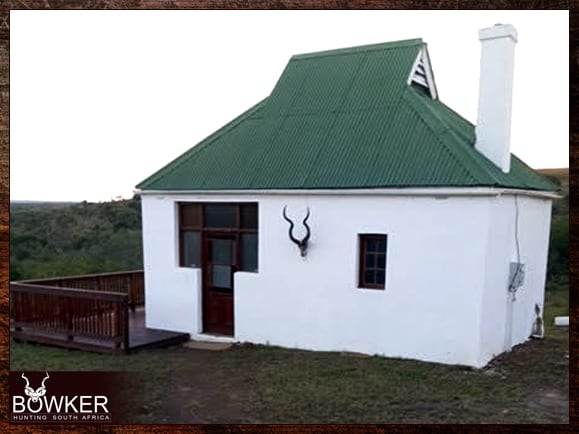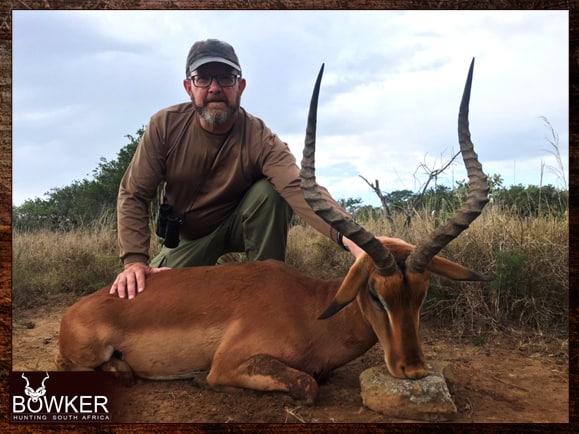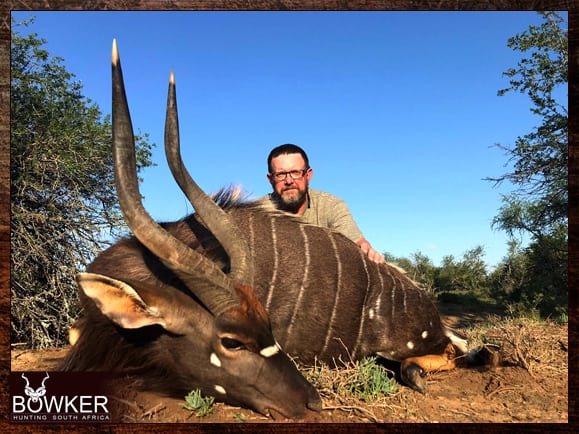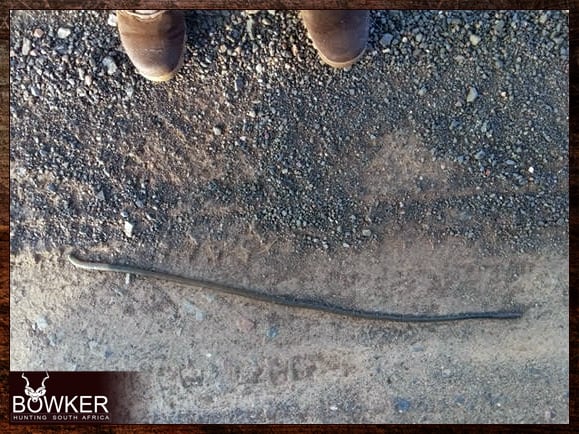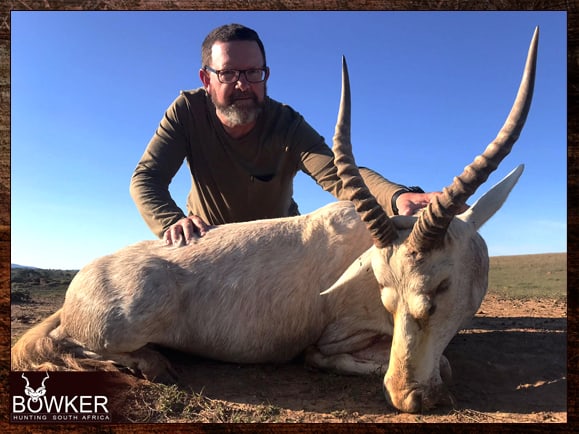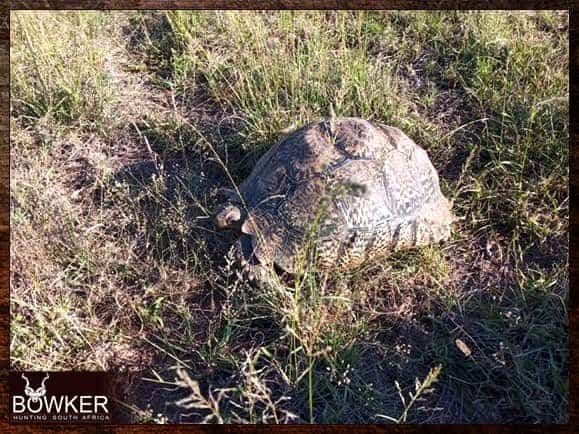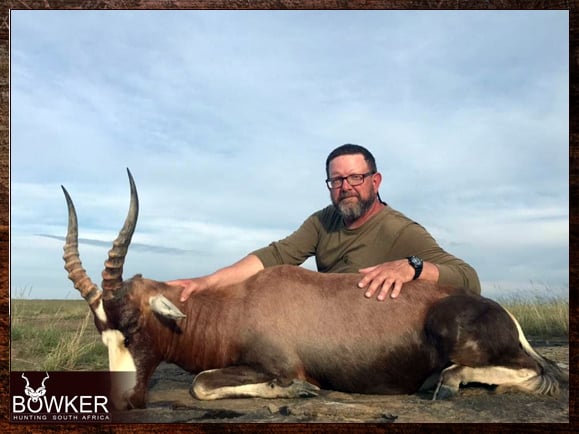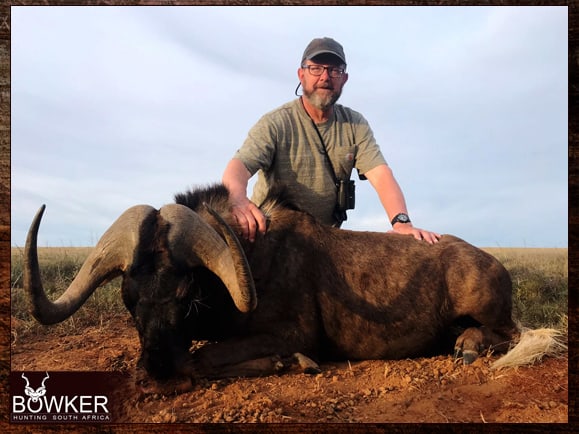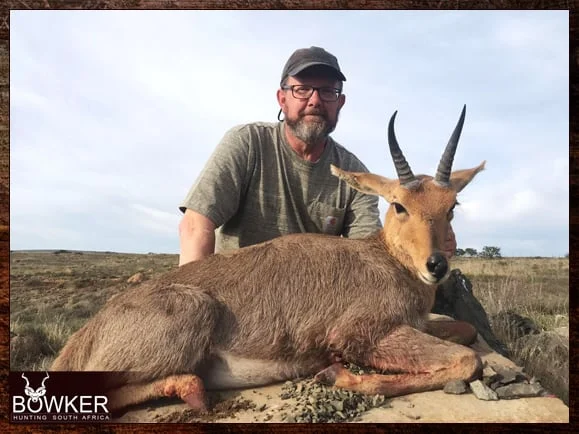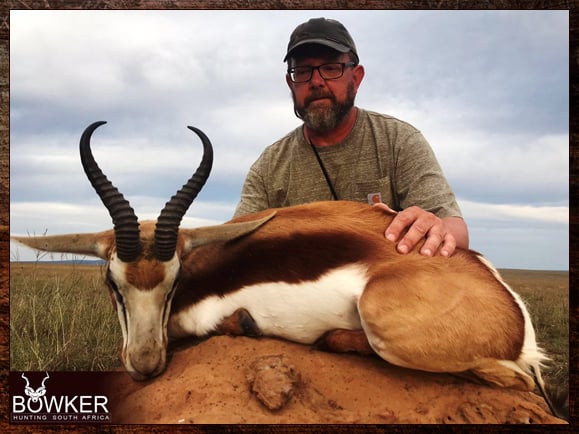Rifles are included free of charge in all Nick Bowker hunt packages. We use 300 Win Mags with suppressors as our preferred African safari rifle. Here’s why?
Table of Contents
History and development of 300 Winchester magnums
The .300 Winchester Magnum, often referred to as the .300 Win Mag, is a powerful rifle cartridge with a rich history and development that has made it a popular choice among hunters and long-range shooters since its introduction in the mid-20th century. The cartridge was designed by Winchester Repeating Arms Company in 1963 as a part of their larger family of Winchester Magnum cartridges.
The .300 Win Mag was developed to provide a high-powered, flat-shooting cartridge that could deliver superior performance at extended ranges. Its genesis was influenced by the desire for a cartridge that combined the power of the .375 H&H Magnum with the manageable recoil of the .30-06 Springfield. The result was a well-balanced cartridge that could deliver impressive velocity and energy, making it effective for big game hunting and long-range shooting.
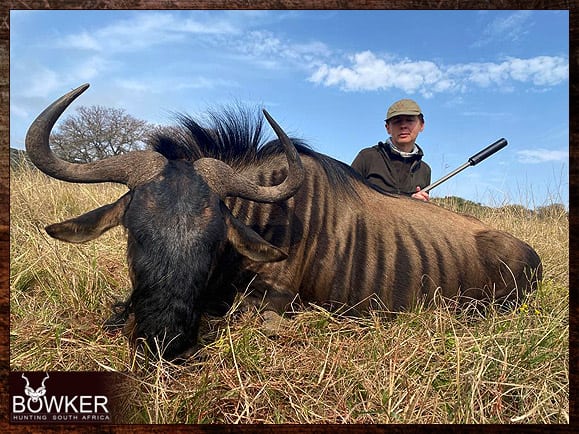
The design of the .300 Win Mag includes a belted case, which aids in consistent chambering and extraction. Its dimensions allow it to fit in standard-length rifle actions, allowing shooters to use it in various firearms. The cartridge has gained widespread acceptance and popularity among hunters and precision shooters due to its versatility, accuracy, and hard-hitting performance.
Over the years, advancements in propellant and bullet technology have further enhanced the capabilities of the .300 Win Mag. The cartridge has become a favorite among those pursuing game such as elk, moose, and other large North American species. Additionally, its long-range accuracy has made it a preferred choice for precision rifle competitions and military applications.
Whether in the hands of hunters in pursuit of big game or marksmen seeking superior ballistic performance, the .300 Winchester Magnum has established itself as a reliable and effective cartridge, contributing to its enduring popularity in the world of firearms.
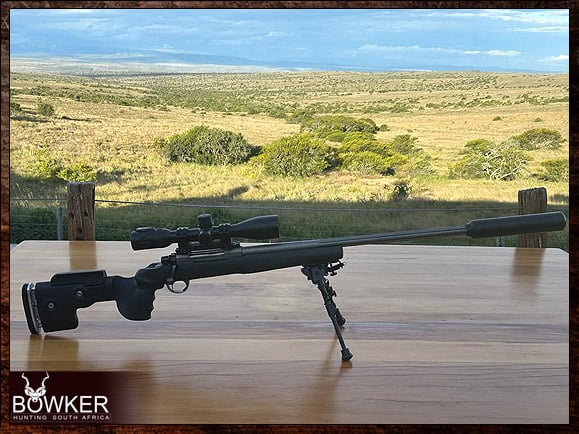
What are the advantages of hunting with a 300 Winchester magnum?
The .300 Winchester Magnum offers several advantages for hunters, making it a popular choice for those pursuing a variety of game, particularly at longer distances. Some of the key advantages include:
- Long-Range Accuracy: The .300 Win Mag is renowned for its flat trajectory and excellent long-range performance. This makes it well-suited for hunters who may encounter games at extended distances, providing the accuracy and energy needed for ethical and effective shots.
- Versatility: The cartridge’s versatility is a significant advantage. The .300 Win Mag is capable of taking down a wide range of game, from smaller species like deer to larger and tougher animals like elk and moose. This versatility makes it a go-to choice for hunters who pursue different types of game in various environments.
- Power and Energy: The .300 Win Mag delivers substantial power and energy, making it effective for taking down large and heavily built animals. The combination of a powerful cartridge and a variety of available bullet types allows hunters to tailor their ammunition to specific game and hunting conditions.
- Adaptability to Various Firearms: The cartridge is designed to fit into standard-length rifle actions, providing hunters with the flexibility to choose from a wide range of rifle models. This adaptability allows hunters to select a rifle that suits their preferences in terms of weight, barrel length, and other factors.
- Availability of Ammunition: The .300 Win Mag is widely available, and a variety of factory-loaded ammunition options are offered by different manufacturers. This accessibility makes it convenient for hunters to find suitable ammunition for their specific needs, whether for hunting or target shooting.
- Effective Energy Transfer: The high velocity and energy of the .300 Win Mag contribute to effective energy transfer upon impact, helping to ensure quick and humane kills. This is especially important in hunting situations where a fast, clean kill is desired to minimize the suffering of the animal.
It’s important to note that while the .300 Winchester Magnum offers these advantages, the appropriate choice of cartridge depends on factors such as the type of game, hunting environment, and personal preferences. Hunters should always consider ethical and responsible hunting practices, choosing a cartridge that aligns with the specific requirements of their hunting pursuits.
What are the disadvantages of hunting with a 300 Winchester magnum?
While the .300 Winchester Magnum has many advantages, it also comes with certain disadvantages that potential users should consider:
- Recoil: The .300 Win Mag generates significant recoil, which can be challenging for some shooters, particularly those who are less experienced or sensitive to recoil. Managing recoil becomes especially important for consistent accuracy, and it may require additional training or the use of recoil-reducing devices.
- Ammunition Cost: Compared to some other popular hunting cartridges, ammunition for the .300 Win Mag can be relatively expensive. This cost can be a factor for shooters who engage in frequent practice or those on a tight budget.
- Overkill for Smaller Game: The power of the .300 Win Mag may be considered excessive for hunting smaller game, such as whitetail deer or varmints. The high energy transfer could result in significant damage to the meat, which may not be desirable for some hunters.
- Barrel Wear: The .300 Win Mag can be tough on barrels due to its high velocity and pressure. This may result in faster barrel wear compared to cartridges with less powder capacity. Regular maintenance and monitoring of barrel condition are recommended for users who shoot their rifles frequently.
- Noise and Muzzle Blast: The larger powder charge and higher velocities of the .300 Win Mag contribute to increased noise and muzzle blast. This can be a consideration for those who hunt in areas with restrictions on noise levels or for shooters who are sensitive to loud reports.
- Limited Magazine Capacity: Rifles chambered in .300 Win Mag often have a limited magazine capacity compared to cartridges with smaller case sizes. This can be a concern in situations where a rapid follow-up shot is needed, although this may vary depending on the specific rifle model.
- Excessive for Short-Range Hunting: The flat trajectory and long-range capabilities of the .300 Win Mag may not be fully utilized in short-range hunting scenarios, where a more moderate cartridge might provide similar effectiveness with less recoil.
As with any firearm and cartridge choice, it’s essential for users to carefully consider their specific needs, preferences, and the intended use of the rifle. While the .300 Winchester Magnum is a powerful and versatile cartridge, it may not be the best fit for every shooter or hunting situation.
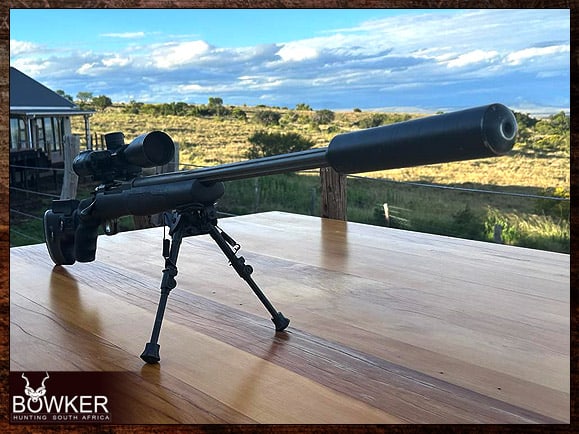
What makes of 300 Winchester magnum are available?
There are numerous manufacturers that produce rifles chambered in .300 Winchester Magnum. The availability of specific models can vary over time due to changes in product lines, but as of my last knowledge update in January 2022, here are some well-known firearms manufacturers that offer rifles in .300 Win Mag:
- Remington: The Remington Model 700 is a popular bolt-action rifle available in .300 Win Mag. Remington has been a longstanding and reputable manufacturer in the firearms industry.
- Winchester Repeating Arms: Given that the .300 Win Mag cartridge was developed by Winchester, it’s not surprising that Winchester produces rifles chambered in this cartridge. The Winchester Model 70 is a classic bolt-action rifle available in .300 Win Mag.
- Browning: Browning offers several rifles in .300 Win Mag, including models like the X-Bolt and A-Bolt. Browning is known for its high-quality firearms.
- Savage Arms: The Savage Model 110 is a popular bolt-action rifle, and it is available in .300 Win Mag. Savage is known for offering accurate and affordable rifles.
- Tikka: The Tikka T3 and T3x series, manufactured by Sako in Finland, includes rifles chambered in .300 Win Mag. Tikka rifles are recognized for their accuracy and smooth performance.
- Weatherby: The Weatherby Mark V is a line of rifles that includes models chambered in .300 Win Mag. Weatherby is known for producing high-quality and accurate rifles.
- Ruger: Ruger’s Hawkeye and American series include rifles chambered in .300 Win Mag. Ruger is a well-respected American firearms manufacturer.
- Howa: The Howa 1500 is a bolt-action rifle available in .300 Win Mag. Howa is a Japanese firearms manufacturer known for producing reliable rifles.
- Christensen Arms: Christensen Arms is known for its lightweight and accurate rifles. They offer several models chambered in .300 Win Mag.
- Sako: The Sako 85 is a line of rifles that includes models chambered in .300 Win Mag. Sako is a Finnish manufacturer known for producing high-quality firearms.
Other important points to consider
When considering the .300 Winchester Magnum for hunting or shooting, there are several important aspects to highlight. These factors can influence your decision to use this cartridge and contribute to a positive shooting or hunting experience:
- Ballistics: Understanding the ballistics of the .300 Win Mag is crucial. This includes the cartridge’s velocity, trajectory, and energy at various distances. Familiarize yourself with the specific ballistics of the ammunition you plan to use, as this information will help you make accurate shots, especially at longer ranges.
- Bullet Selection: The .300 Win Mag allows for a wide range of bullet weights and designs. Choose bullets that are appropriate for the type of game you’re hunting. Different bullet types, such as soft points, ballistic tips, or bonded bullets, offer various performance characteristics, and selecting the right one for your intended use is essential.
- Recoil Management: The .300 Win Mag generates significant recoil, which can be challenging for some shooters. Proper shooting techniques, recoil pads, and muzzle brakes can help manage recoil, ensuring accurate and comfortable shooting.
- Rifle Configuration: Consider the type of rifle and its configuration. Bolt-action rifles are the most common for the .300 Win Mag, but there are also semi-automatic and other action types available. Factors such as barrel length, stock design, and overall weight can influence the rifle’s handling and performance.
- Optics: Quality optics are crucial when using the .300 Win Mag, especially for long-range shooting or hunting. Invest in a reliable scope with appropriate magnification and features like bullet drop compensation (BDC) or turret adjustments to enhance accuracy at different distances.
- Ammunition Quality: The quality of ammunition matters for consistent and reliable performance. Stick to reputable ammunition manufacturers and select cartridges that have a track record of accuracy and reliability. Testing different brands and bullet types can help you find what works best for your specific needs.
- Hunting Regulations: Ensure that the .300 Win Mag is legal for the game you plan to hunt. Different regions and countries may have specific regulations regarding minimum caliber requirements for certain species. Always comply with local hunting laws and ethical guidelines.
- Cleaning and Maintenance: Regular cleaning and maintenance are crucial for the longevity and reliability of your rifle. The high velocity and pressure of the .300 Win Mag can lead to increased barrel wear, so proper care and maintenance are essential.
- Training and Practice: Given the recoil and power of the .300 Win Mag, consistent training and practice are vital. Familiarize yourself with the rifle, practice shooting from various positions, and become proficient at different distances to ensure accurate and ethical shots in the field.
- Ethical Hunting Practices: Always prioritize ethical hunting practices. Be aware of your shooting abilities, understand the anatomy of the game you’re hunting, and strive for clean, humane kills. Proper shot placement is crucial when using a powerful cartridge like the .300 Win Mag.
By paying attention to these key areas, you can make informed decisions about using the .300 Winchester Magnum, enhancing your overall shooting or hunting experience with this powerful cartridge.
Types of ammunition for the 300 Winchester magnum
The .300 Winchester Magnum is a versatile cartridge, and various types of ammunition are available to suit different purposes, whether it be hunting, long-range shooting, or target practice. Here are some common types of ammunition for the .300 Win Mag, each with its characteristics and applications:
- Soft Point (SP): Soft point bullets are designed with an exposed lead tip, offering controlled expansion upon impact. This makes them well-suited for hunting applications, especially for medium to large game. Soft point bullets typically retain a significant portion of their weight, ensuring deep penetration and effective energy transfer.
- Ballistic Tip: Ballistic tip bullets have a plastic tip over a lead core, designed to combine the rapid expansion of a hollow point with the aerodynamics of a spitzer bullet. This design enhances long-range accuracy and makes ballistic tip ammunition suitable for hunting various game, including deer and elk.
- Hollow Point (HP): Hollow point bullets have a concave opening at the tip, causing the bullet to expand upon impact. While hollow points are commonly associated with handgun ammunition, they are available in certain .300 Win Mag loads. They can be effective for hunting, particularly in situations where controlled expansion is desired.
- Boat-Tail Hollow Point (BTHP): Boat-tail hollow point bullets have a boat-tail base for improved ballistic efficiency and a hollow point for controlled expansion. This design is often chosen for precision shooting and is suitable for both hunting and long-range target shooting.
- Bonded Bullets: Bonded bullets are constructed to prevent the lead core from separating from the jacket upon impact. This design ensures deep penetration and weight retention, making bonded bullets suitable for hunting large and tough game. They are often favored for dangerous game hunts.
- Partition Bullets: Partition bullets, popularized by Nosler, have a dual-core design with a front lead core that expands and a rear partition that retains weight for deep penetration. This design provides a good balance between expansion and penetration, making partition bullets effective for a variety of game.
- Full Metal Jacket (FMJ): Full metal jacket ammunition features a lead core enclosed by a jacket, typically made of copper. FMJ bullets are known for their penetration and are commonly used for target practice and training. However, they may not be ideal for hunting due to their tendency to pass through game without expanding.
- Match Grade Ammo: Match grade ammunition is designed for precision and accuracy, making it suitable for competitive shooting and long-range target practice. These loads often feature high-quality components, consistent powder charges, and carefully crafted bullets.
- Managed-Recoil Ammo: Some manufacturers offer managed-recoil ammunition designed to reduce felt recoil while maintaining sufficient power for hunting. These loads can be beneficial for shooters who are sensitive to recoil or for those looking to improve shot placement during extended shooting sessions.
When selecting ammunition for your .300 Winchester Magnum, it’s essential to consider the intended use, whether it’s hunting specific game, long-range shooting, or general target practice. Understanding the characteristics of different bullet types and choosing ammunition that aligns with your needs will contribute to a successful and enjoyable shooting experience.
Bullet Weights
The .300 Winchester Magnum is a versatile cartridge, and ammunition is available in a variety of bullet weights, commonly measured in grains (gr). The appropriate grain weight depends on the intended use, whether it’s hunting specific game, long-range precision shooting, or other applications. Here are some common bullet weights available for .300 Win Mag ammunition:
- 150-165 grains: Lighter bullets in the 150 to 165-grain range are suitable for a variety of game, including deer and antelope. They can offer flatter trajectories and higher muzzle velocities, making them well-suited for medium-sized game and longer-range shooting.
- 180 grains: This is one of the most popular bullet weights for the .300 Win Mag. The 180-grain bullets strike a good balance between velocity, energy, and penetration. They are versatile and can be used for a wide range of game, including elk and larger species.
- 190-200 grains: Heavier bullets in the 190 to 200-grain range are often chosen for hunting larger and tougher game, such as moose or bear. These bullets may offer deeper penetration and greater retained energy, making them effective for big game at closer ranges.
- 210 grains and above: Some .300 Win Mag ammunition is available with bullets weighing 210 grains and above. These heavy bullets are often chosen for long-range shooting and can be effective for precision applications. However, they may not expand as rapidly as lighter bullets, so proper shot placement is crucial.
